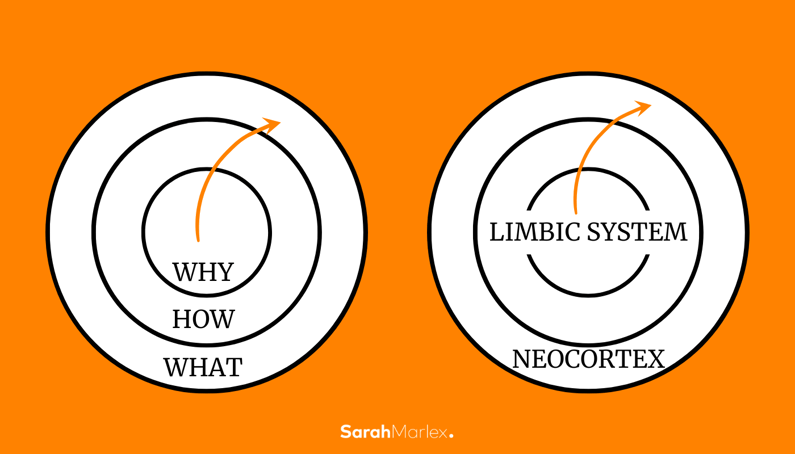Why is Apple such a powerful and creative organization? With each passing year the company is more innovative than its competitors, yet it has access to the same talent, technology and media as everyone else. So what sets them apart?
Organizations are made up of people and, as human beings, we operate on three different levels: what we do, how we do it, and why we do it. All companies know what they do, what products they sell or what services they offer. Some know how they do it, their competitive advantage or their values. But few companies know why they do it, what their raison d'être is. The why is their cause, the meaning of their existence. That belief that makes them draw strength from weakness to get through difficult times.
Organizations that inspire are those that not only seek to make money, but make their staff feel that they are part of something bigger. Organizations that want to solve a problem, or that want to improve something through their activity. This makes the emotional connection between project and collaborator/client very powerful. People want to work for a project with an eye beyond the bottom line; projects whose individual cause is also a common cause. And when this happens, people get really involved and everyone pulls strongly in the same direction.
People don't choose the companies they want to work for because of their products or services, but because of how and why things are done. The best engineers in the world want to work for Apple, not because of their iPhones or Macs, but because they want to change the world.
Why does a particular company exist, and what makes its employees get up every morning?
This idea, created by the American consultant Simon Sineck, is called The Golden Circle and is based on human biology. On the one hand, the outer part of the golden circle, related to the outer part of the brain, corresponds to the neocortex. This is the part of the brain responsible for rational and analytical reasoning. On the other hand, the more central parts of the golden circle, how and why, correspond to the central part of the brain: the limbic system. This part of the brain is responsible for our behavior and decision-making. It is also the part that drives our feelings, such as trust or loyalty. In contrast to the neocortex, the limbic system has no language, It's the decisions we make without being able to explain them in words.
The golden circle + Human brain
All inspirational leaders and organizations, whether Apple or Martin Luther King, think, act and communicate in the same way, which is the opposite of the usual way.
Take Apple as an example again. If this organization communicated like most companies, its marketing message would be, "We make the most powerful computers in the world, the most beautiful and the easiest to use. Would you like to own one?" This is how you communicate intuitively: by explaining what you do and how you do it, hoping someone will buy. But this is not inspiring. Apple communicates as follows: "Everything we do to challenge the status quo. We believe things can be done differently, and we do it by creating the most beautiful and intuitive computers out there. Would you like to own one?" In this case, you start by explaining why at the beginning, proceeding only then to explain the how and the what. Communicating why inspires: to buy, to collaborate, or to get involved in the common cause.
When an organization manages to inspire its employees and customers, it naturally generates a relationship of trust and loyalty that is difficult to undo. That is why I believe that inspiring companies are, at the same time, the most sustainable companies over time, as they manage to keep their main stakeholders in love and involved in the project for a long time.




